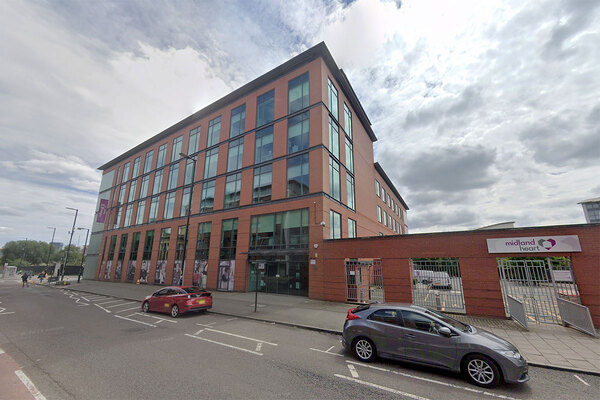You are viewing 1 of your 1 free articles
RSH quarterly survey: spending on new and existing homes up as interest cover falls to new record low
Interest cover has fallen for the third quarter in a row to the lowest level ever recorded as landlords continue to increase spending on new and existing homes, according to the English regulator.
Today, the Regulator of Social Housing (RSH) revealed that annual aggregate cash interest cover (excluding all sales) fell to 71%, although it is expected to rise slightly to 80% over the next year.
The results are part of the RSH’s latest quarterly survey of private registered providers’ financial health, and are largely in line with the trend seen in previous quarters.
The report, which covers the period 1 October to 31 December 2023, showed that total repairs and maintenance spend in the quarter reached £2bn, up slightly from £1.9bn in the previous quarter.
Although expenditure is at record levels, 56% of providers experienced delays or made changes to repairs and maintenance programmes during the quarter.
This spend has been driven by the increased focus on damp and mould across the sector since the tragic case of two-year-old Awaab Ishak, who died from a respiratory condition caused by prolonged exposure to mould in a flat owned by housing association Rochdale Boroughwide Housing.
Inside Housing has since looked at the proposed Awaab’s Law that is being introduced to ensure a similar incident does not happen again and how it might change the sector.
Meanwhile, the RSH identified £3.9bn spent by providers on building and acquiring new homes in the quarter, up £200m. This was the highest quarterly spend for eight years.
However, the amount providers expect to spend on development over the next 12 months has dropped to £15.9bn, which is 5% lower than forecast in the previous quarter. Of this figure, £11.5bn is contractually committed.
The latest report is based on the regulatory returns of 201 registered providers that own or manage more than 1,000 homes.
Due to the difficult economic environment, the RSH said some landlords are mitigating risk by deferring uncommitted development projects or, in a smaller number of cases, arranged covenant waivers with their lenders.
Despite these challenges, the sector continued to attract private investment, with £3.7bn of new facilities agreed in the quarter.
Although available cash and undrawn facilities both decreased slightly, they remain sufficient to cover forecast spend on interest costs, loan repayments and developments for the next year.
Affordable homeownership completions (4,671 homes) were above the three-year average, however market sale completions (698 homes) were below average and lower than the properties achieved in the same period of 2022.
There was also a further reduction in the pipeline of affordable homeownership and market sale properties, down 2% to 32,777 and 12% 6,177 homes respectively. The market sale pipeline is the lowest in over eight years with 708 sales achieved compared with 1,186 at the three-year average.
At the same time, non-social housing sales income remains low at £257m, almost half of the three-year quarterly average of £519m. The aggregate margin on sales was 14.7%.
Will Perry, director of strategy at the RSH, said: “It is encouraging to see the sector raising new finance, which is enabling providers to invest in existing homes and build new ones for the future.
“But as a result of this higher spend and wider economic pressures, their interest cover remains very low. Boards must manage financial risks carefully and deploy appropriate mitigations when needed.”
This latest report by the RSH follows last month’s annual value for money report, which revealed the average bill for large landlords operating a social home jumped by 14% in the last financial year due to inflation and increased spending on repairs and maintenance.
Sign up for our development and finance newsletter
Already have an account? Click here to manage your newsletters












